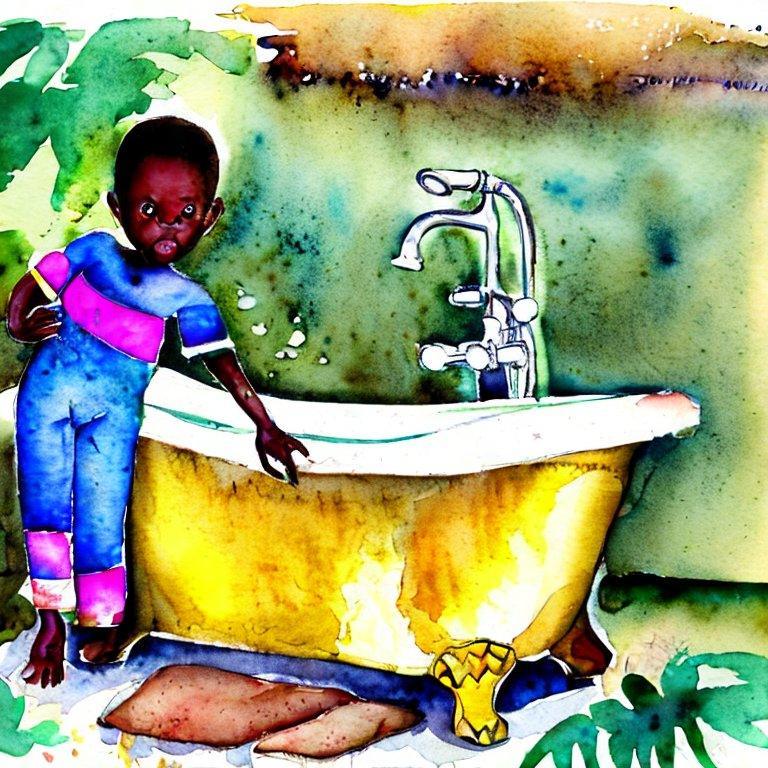Bathrooms can be dangerous places for young children, with slippery floors, hot water, and sharp corners.
As a parent, it's important to take steps to ensure your child's safety in the bathroom. In this article, we'll provide tips for creating a kid-friendly bathroom that's safe and comfortable for your child.
Understanding the Risks
Before we dive into safety tips, let's take a look at some of the common risks associated with the bathroom:
Drowning
Children can drown in just a few inches of water, and the bathroom is a common place for this to happen.
Burns
Hot water, hair dryers, and other electrical appliances can cause burns.
Slips and Falls
Slippery floors and wet surfaces can cause children to slip and fall, potentially causing serious injury.
Poisoning
Cleaning supplies and medications can be toxic if ingested, and many of these items are commonly found in the bathroom.
Tips for a Kid-Friendly Bathroom
Now that we understand the risks, let's take a look at some tips for creating a bathroom that's safe and kid-friendly.
Install a Non-Slip Mat or Rug
To reduce the risk of slips and falls, place a non-slip mat or rug on the bathroom floor. This will provide traction and make it less likely that your child will slip on wet surfaces.
Adjust the Water Temperature
Make sure the water temperature in your bathroom is set to a safe level, and always test the water before putting your child in the bath. You can also install an anti-scald device to regulate water temperature and prevent burns.
Secure the Toilet
Toilets can be a drowning hazard for young children, so it's important to keep the lid closed and use a toilet lock or latch to prevent your child from opening it.
Lock Up Medications and Cleaning Supplies
Keep all medications and cleaning supplies out of reach of children. You can use a locked cabinet or a high shelf to store these items.
Add Soft Close Toilet Seats
Soft close toilet seats prevent children's fingers from getting pinched when the seat slams shut.
Cover Electrical Outlets
Cover all electrical outlets with child-proof covers to prevent your child from sticking their fingers or objects into the outlets.
Install Grab Bars
Installing grab bars near the toilet and in the shower can help prevent slips and falls and provide support for children who are learning to use the toilet or shower independently.
Store Bath Toys Safely
Bath toys can harbor bacteria and mold, so make sure to clean them regularly and store them in a mesh bag that allows them to dry completely between uses.
Use a Bath Thermometer
To ensure the water temperature is safe for your child, use a bath thermometer to check the temperature of the water before putting your child in the bath.
Keep the Bathroom Door Locked
Keep the bathroom door locked when it's not in use to prevent your child from entering without supervision.
Conclusion
The bathroom can be a dangerous place for young children, but there are steps you can take to make it safer and more kid-friendly. By following these safety tips, you can create a bathroom that's comfortable, safe, and enjoyable for your child.










